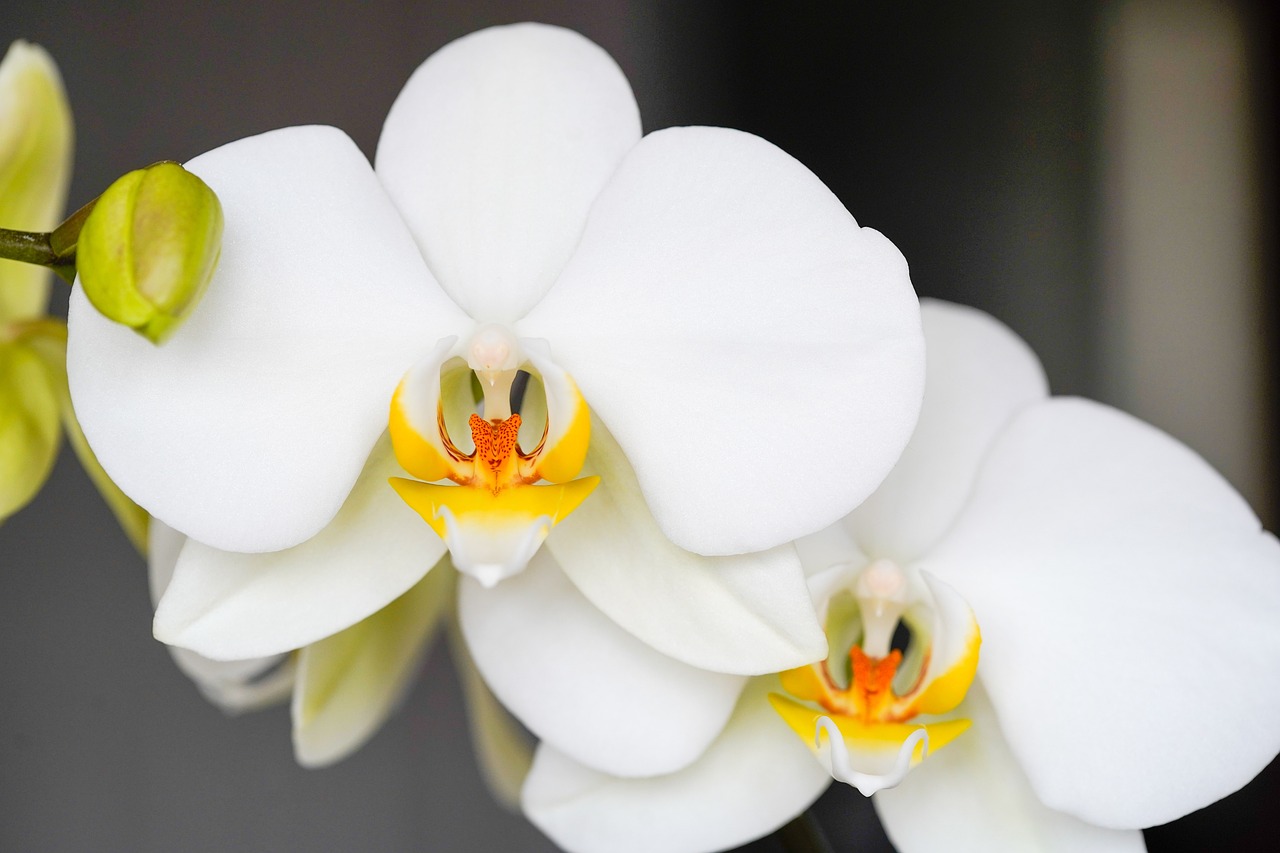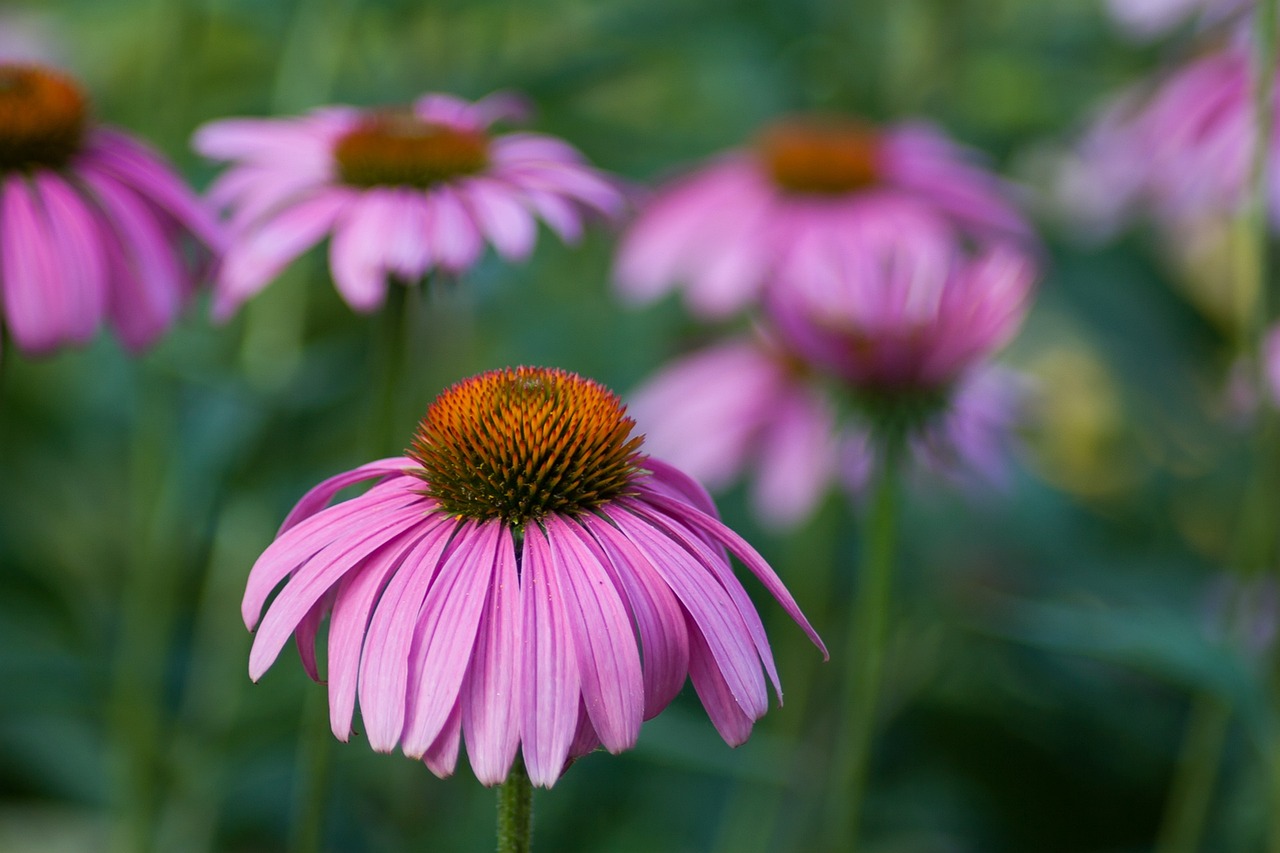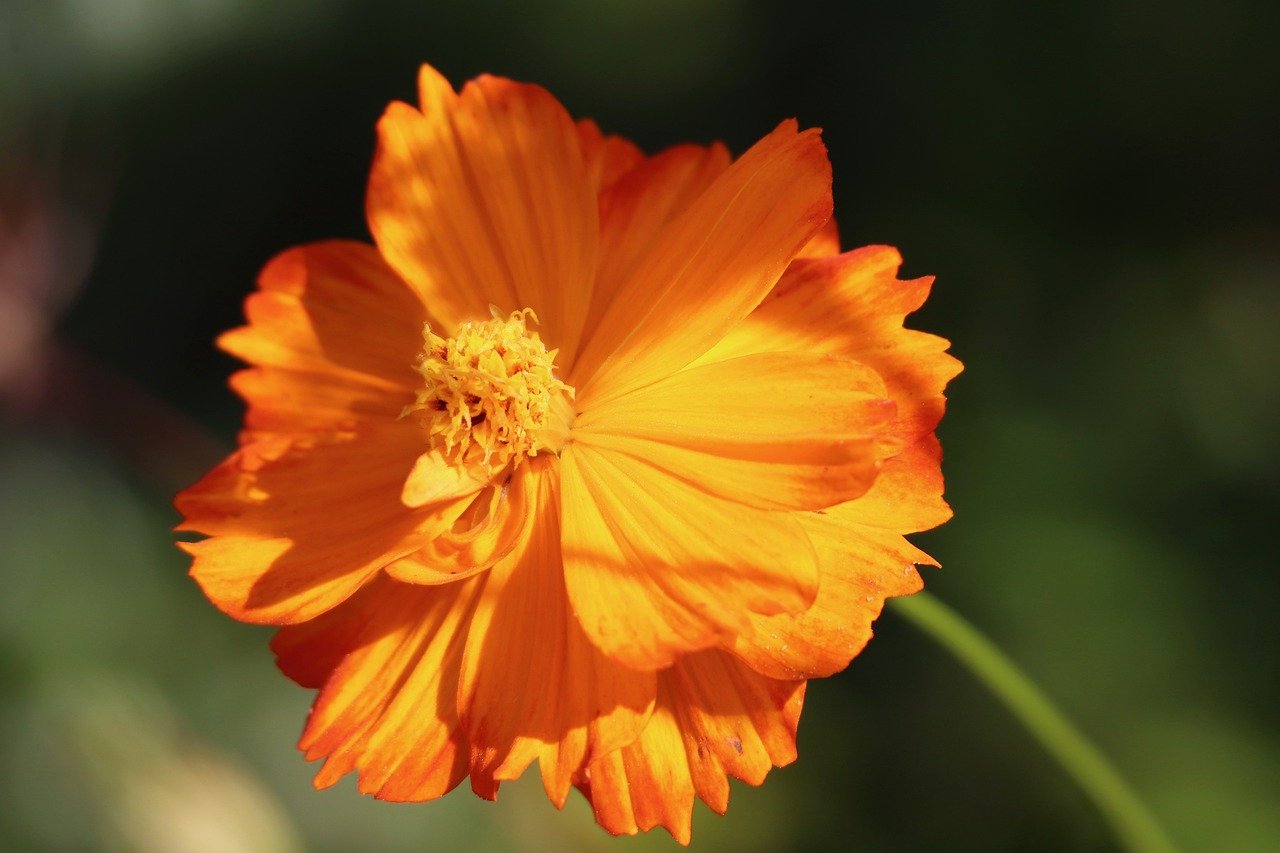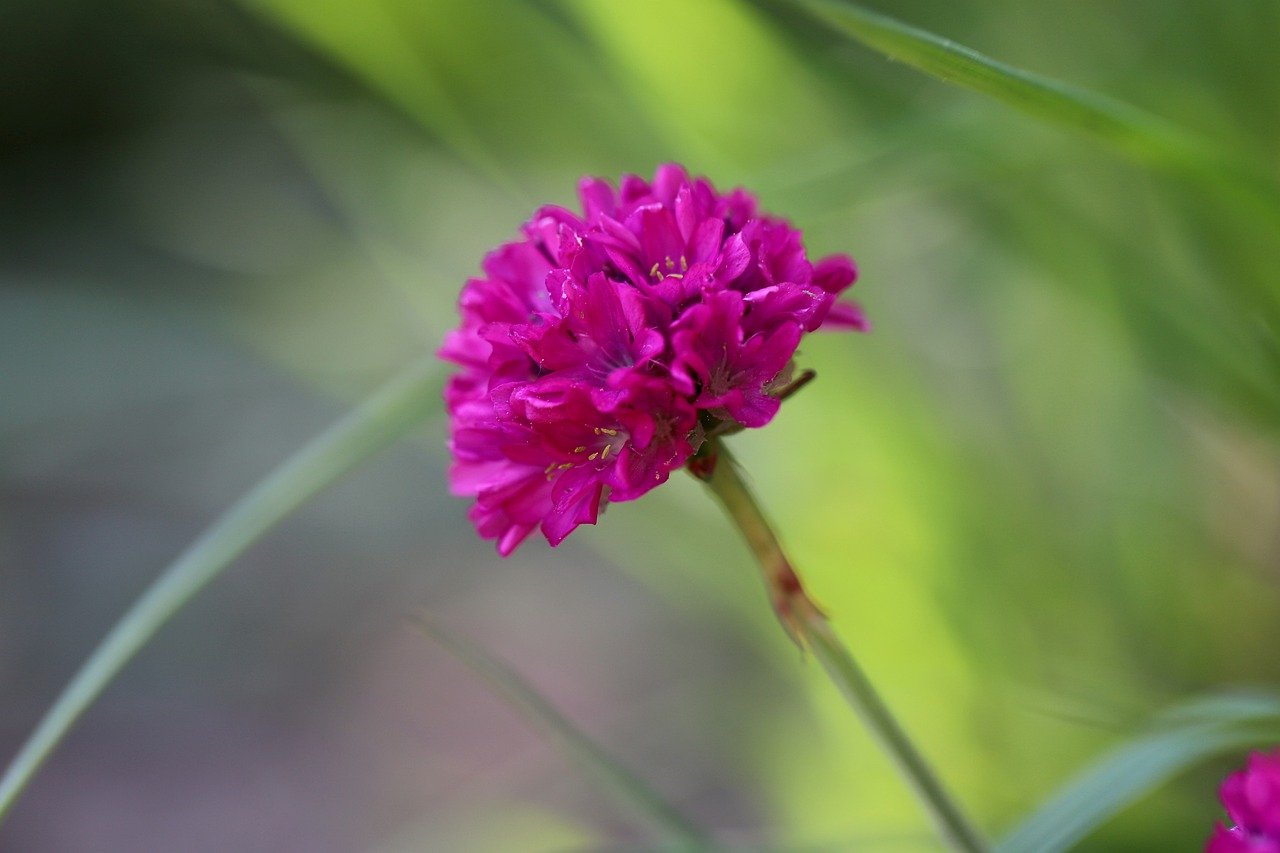Vanda | The Blue-Purple Orchid Cherished by Asian Royalty
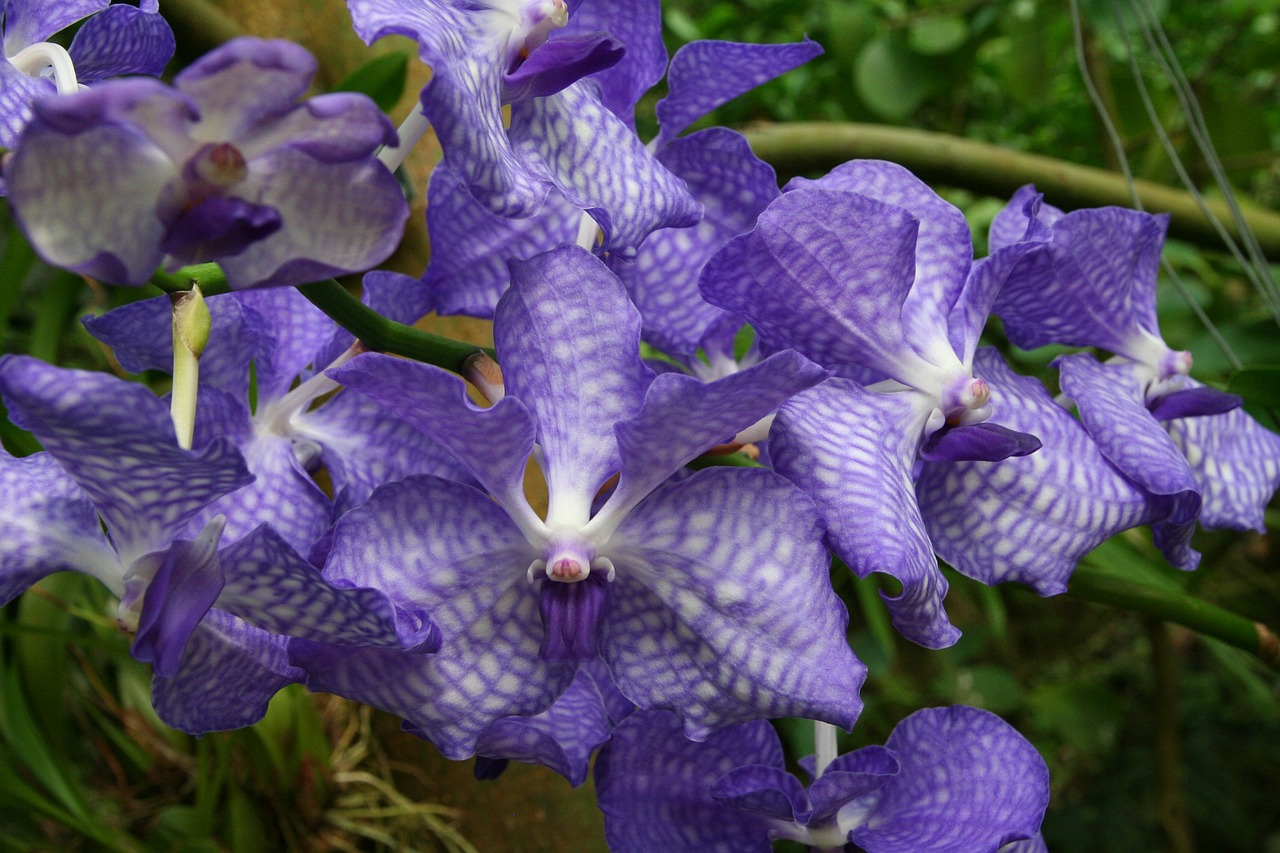
I introduce Vanda, an orchid celebrated for its vivid flower colors and exotic appearance. As one of the few orchids with naturally blue-toned blossoms, it holds great popularity among gardening enthusiasts.
In this article, I will explain its basic information, cultural and historical background, as well as practical tips for cultivation.
Basic Information
- Scientific name: Vanda
- Family: Orchidaceae
- Origin: Southeast Asia (tropical regions such as India, the Philippines, and Thailand)
- Appearance: Vanda is an epiphytic orchid that extends its thick and long aerial roots into the air, resembling air plants. Its blossoms are strikingly vivid, appearing in purple, blue, pink, orange, and white. The blue varieties are especially rare, displaying a glossy texture and delicate net-like patterns that enhance their beauty.
- Blooming season: Vanda can bloom multiple times a year, most often from spring to autumn. Under suitable conditions, its flowers can be enjoyed for long periods.
Cultural Significance Worldwide
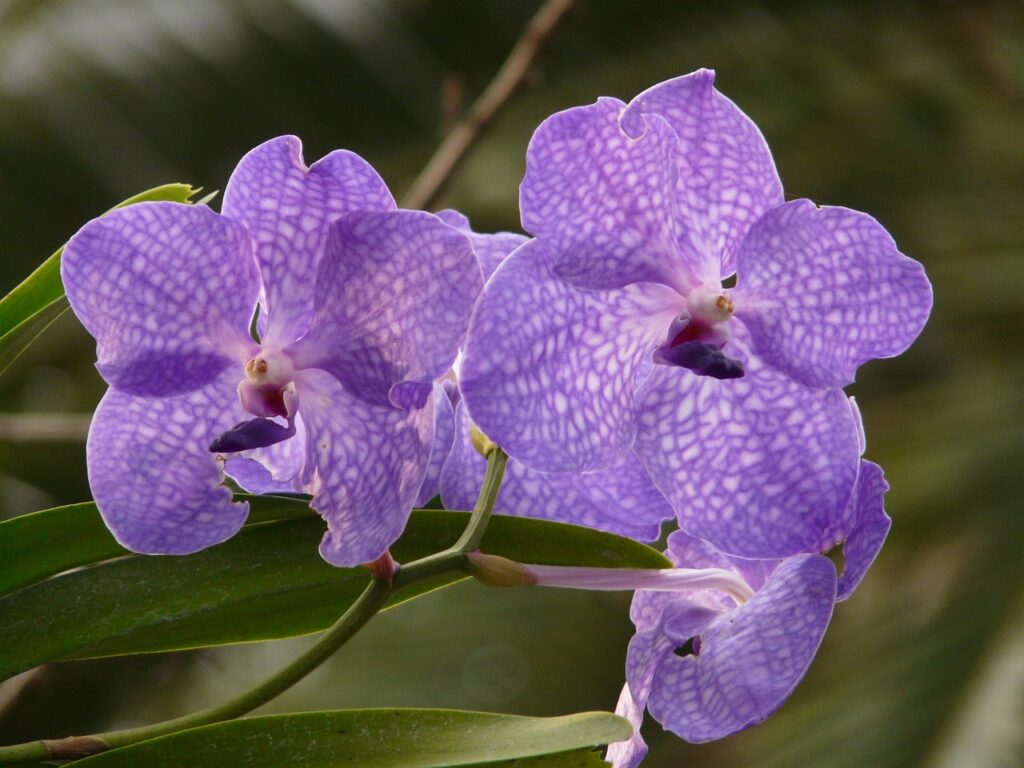
Vanda holds an important place in the floral cultures of Southeast Asia.
In Thailand, Vanda is considered so noble that it is often referred to as the “royal flower.” It is used in traditional decorations and ceremonies, and is also popular as a gift, symbolizing gratitude and respect.
In the Philippines, Vanda sanderiana, a species of Vanda, is widely recognized as one of the national flowers. Locally called “Waling-waling,” it is used in traditional attire and ornaments, carrying high cultural value.
In Europe, during the Victorian era of the 19th century, an orchid boom spread, and Vanda was cultivated in royal and aristocratic greenhouses as an exotic treasure. Its beauty and rarity made it highly sought after as a luxury ornamental plant.
Historical Episodes
Vanda was introduced to Europe between the 18th and 19th centuries, drawing attention during the tropical plant collecting boom.
In the Age of Exploration, botanists and explorers brought Vanda from Southeast Asia to Europe, where it was cultivated in royal gardens and botanical institutions.
The blue Vanda, in particular, was highly prized for its unique color, unlike any other orchid. It was often traded at high prices among the wealthy elite.
The genus name Vanda originates from an ancient Sanskrit word in India, indicating its long-standing appreciation by people since antiquity.
Gardening Advice

Since Vanda is a tropical plant, managing temperature and humidity is essential. Below are the key cultivation points:
Light
Prefers bright light but should be protected from direct sunlight. Filtered light through lace curtains or bright greenhouse conditions is ideal.
Watering
The aerial roots dry out easily. Mist them once or twice a day, more frequently in summer, and reduce watering in winter.
Humidity
Maintain a humidity level of 50–70%. Use a humidifier or place water trays to retain adequate moisture.
Soil (growing medium)
Vanda grows best when suspended or mounted rather than potted. Bark chips or cork are suitable materials that allow roots to remain exposed to air.
Temperature
Thrives in warm, humid environments with an ideal range of 20–30°C. During winter, maintain a minimum of 15°C.
Fertilizer
During the growing season, apply diluted liquid fertilizer once a week. Avoid direct contact with leaves or roots to prevent damage.
Conclusion
Vanda is a stunning orchid admired for its vivid colors and exotic charm.
Blue varieties are especially rare and highly valued as ornamental plants.
With proper care, Vanda can be enjoyed for a long time, making it an excellent choice as a highlight in gardening or interior decoration.


